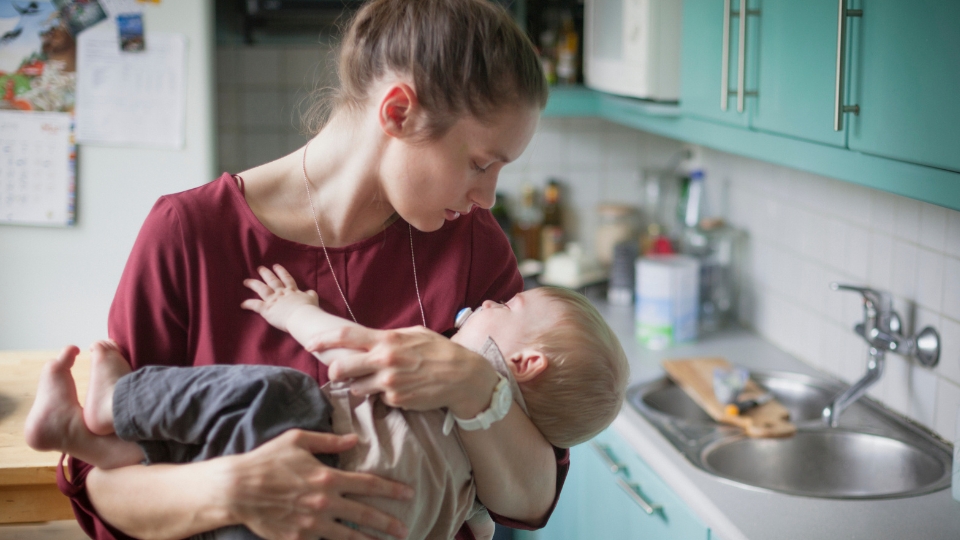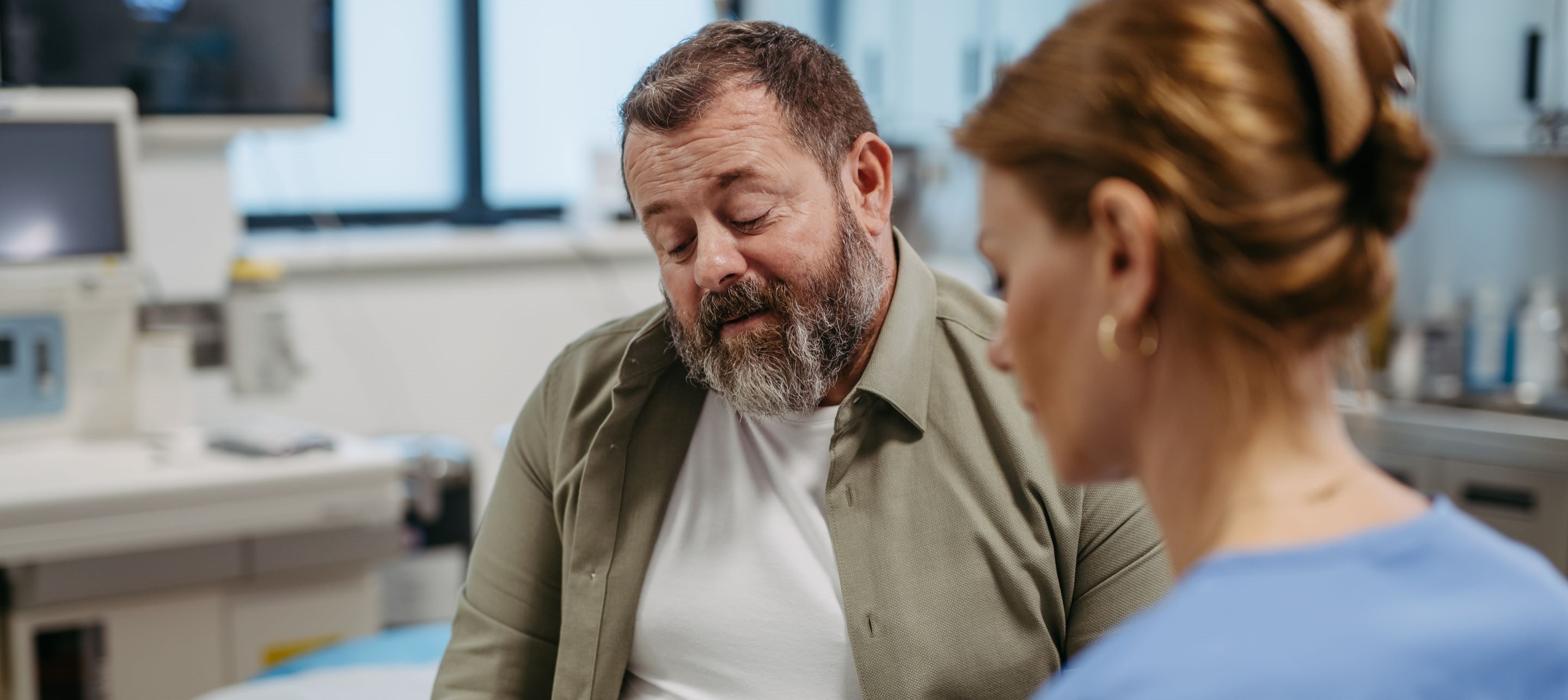COVID-19 shined a spotlight on the prevalence of mental health issues in the United States, and for many people, the lockdowns and losses from the pandemic exacerbated their struggles.
Postpartum depression is a common, but often underdiagnosed, condition that occurs in women after they give birth. When left untreated, postpartum depression can have a long-lasting impact on the health and well-being of the entire family.
New research from Evernorth, which was presented at the 2023 International Society for Pharmacoeconomics and Outcomes Research (ISPOR) meeting, shows that the prevalence of postpartum depression increased significantly during the pandemic from 9.3% pre-pandemic to 12.1% during the pandemic — a more than 30% increase. This is likely due to pandemic-related stressors such as social distancing, financial hardship, and increases in domestic violence, to name a few.
“What’s most worrisome is that almost half of women with postpartum depression received no treatment,” said Urvashi Patel, vice president of the Evernorth Research Institute. “This raises concerns about the potential implications of untreated depression on the health and well-being of mothers and their families.”
The analysis, which looked at more than 156,000 women who received a diagnosis of postpartum depression from 2018 through 2022, found that 46.5% received no treatment (no medication or therapy) for their diagnosis. This could be due to challenges in access to therapy and to continued stigma around mental health.
Socioeconomic factors also have an impact on whether a woman receives treatment, the study found. For example, younger women, women living in areas with very high social needs, and women with non-commercial insurance coverage were less likely to receive treatment, likely due to the high cost of individual plans and challenges in access to care.
Many women with postpartum depression not connected to full spectrum of care
The analysis also looked at types of treatments and found that the majority of women who were treated for postpartum depression were prescribed medication without psychotherapy (almost 36%).
“The most effective way to treat postpartum depression is a combination of therapy and medication, but unfortunately, this study shows most women are not getting the full spectrum of behavioral care,” said Dr. Deborah Kaufman, board certified OBGYN and executive medical director at eviCore, the medical benefits management service of Evernorth Health Services.
Per our study, women diagnosed with postpartum depression by a nurse practitioner, physician assistant, or behavioral care (non-physician) provider are more likely to receive treatment. The women who were initially diagnosed by a non-physician were also more likely to receive prescription drugs along with psychotherapy than those who saw a physician.
“Non-physician providers are treating postpartum depression effectively, as suggested by our study,” Dr. Kaufman added. “Shifting postpartum depression screening to these providers may help reduce downstream costs—improving patient access and driving better health outcomes.”



